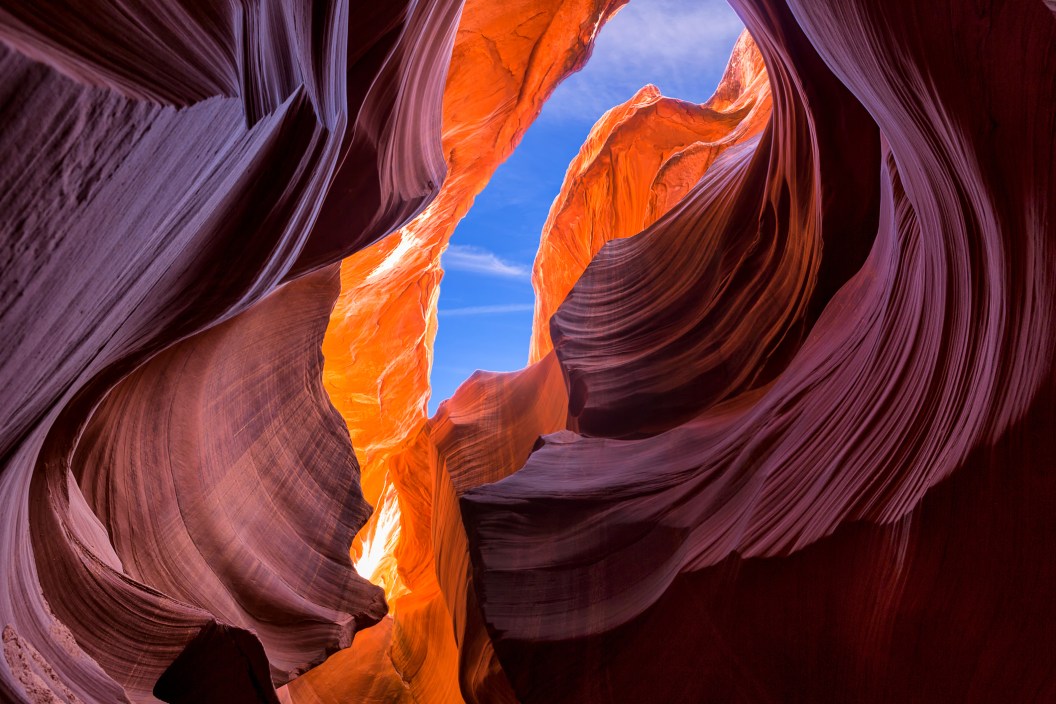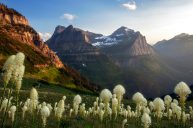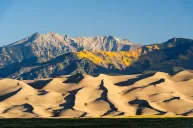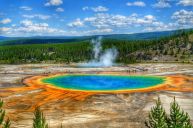Nature has an incredible power to awe and inspire, and few places embody this magic as effortlessly as U.S. national parks. These rare untouched beauties can't help but make your jaw drop. Whether you are an avid adventurer, a nature enthusiast, or simply seeking solace in the great outdoors, national parks provide an unparalleled opportunity to connect with the wonders of our planet.
And nothing inspires wanderlust quite like incredibly photos of natural beauty. From red rock vistas with wide open skies to rich soil meadows lush with vibrant foliage, nothing showcases America the Beautiful quite like our national parks. Let these 20 mesmerizing photos serve as a catalyst to plan your next national park adventure or bulk up your bucket list.
Bryce Canyon National Park

Lord Ragnar/Getty
Bryce Canyon has the largest concentration of irregular columns of rock, known as Hoodoos, on the planet.
Vermillion Cliffs National Park

Getty
This sweeping rock formation is the Wave at Vermilion Cliffs. This remote area was chosen as a site for the reintroduction of the California condor into the wild. Permits are required to visit.
Grand Teton National Park

Getty
Grand Teton National Park is a wonderland full of colorful wildflowers, crystalline alpine lakes, and lush greenery.
Badlands National Park
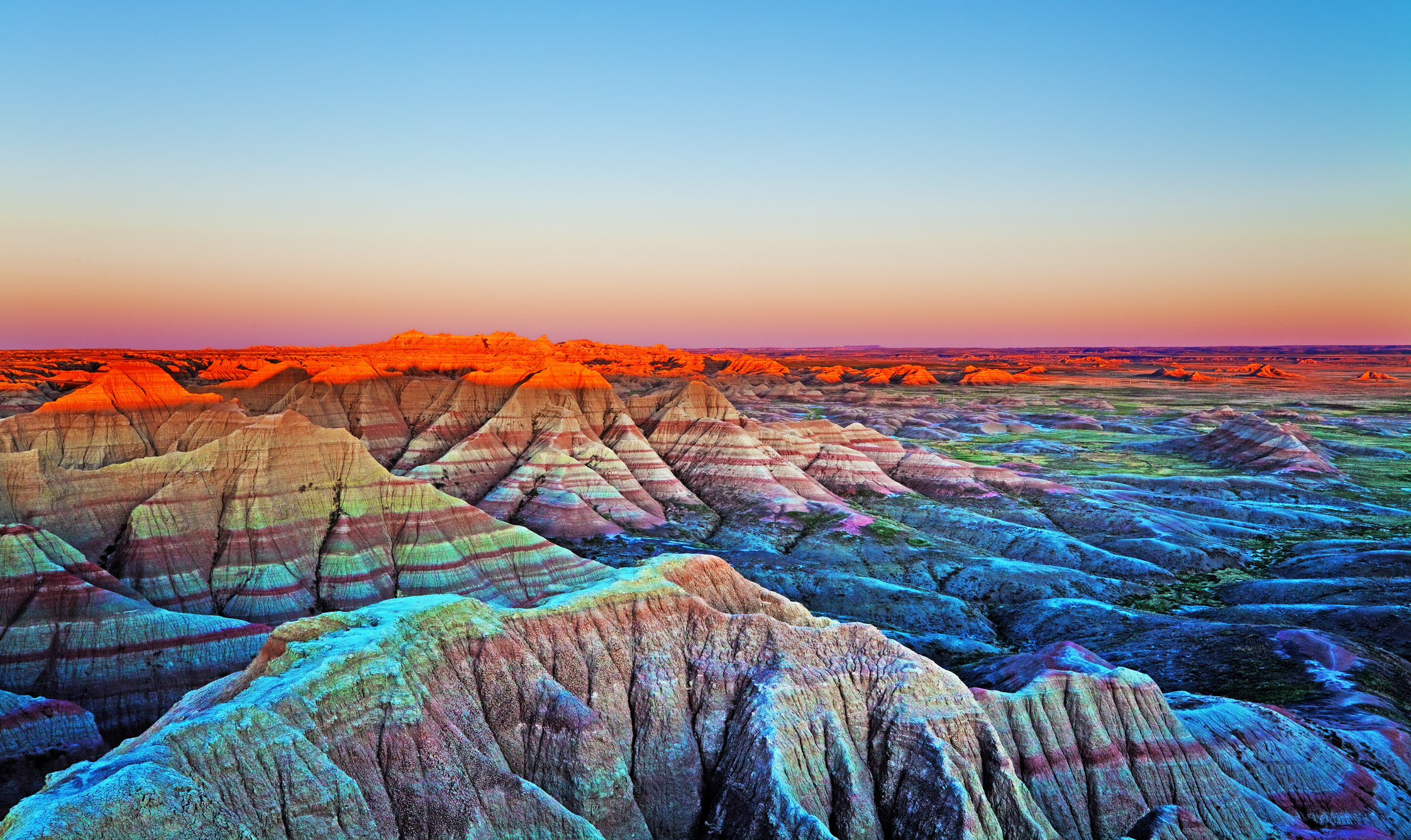
stevegeer/Getty
Badland's 244,000 acres protect an expanse of mixed-grass prairie where bison, bighorn sheep, prairie dogs, and black-footed ferrets live and thrive.
Voyageurs National Park

Voyageurs National Park is a place of transition between land and aquatic ecosystems, between southern boreal and northern hardwood forests, and between wild and developed areas.
Congaree National Park

Johnathan Maur/Getty
Congaree contains the largest intact expanse of old growth bottomland hardwood forest in the southeastern United States. Waters from the Congaree and Wateree Rivers sweep through the floodplain, carrying nutrients and sediments that nourish and rejuvenate this ecosystem and support the growth of national and state champion trees.
Rocky Mountain National Park
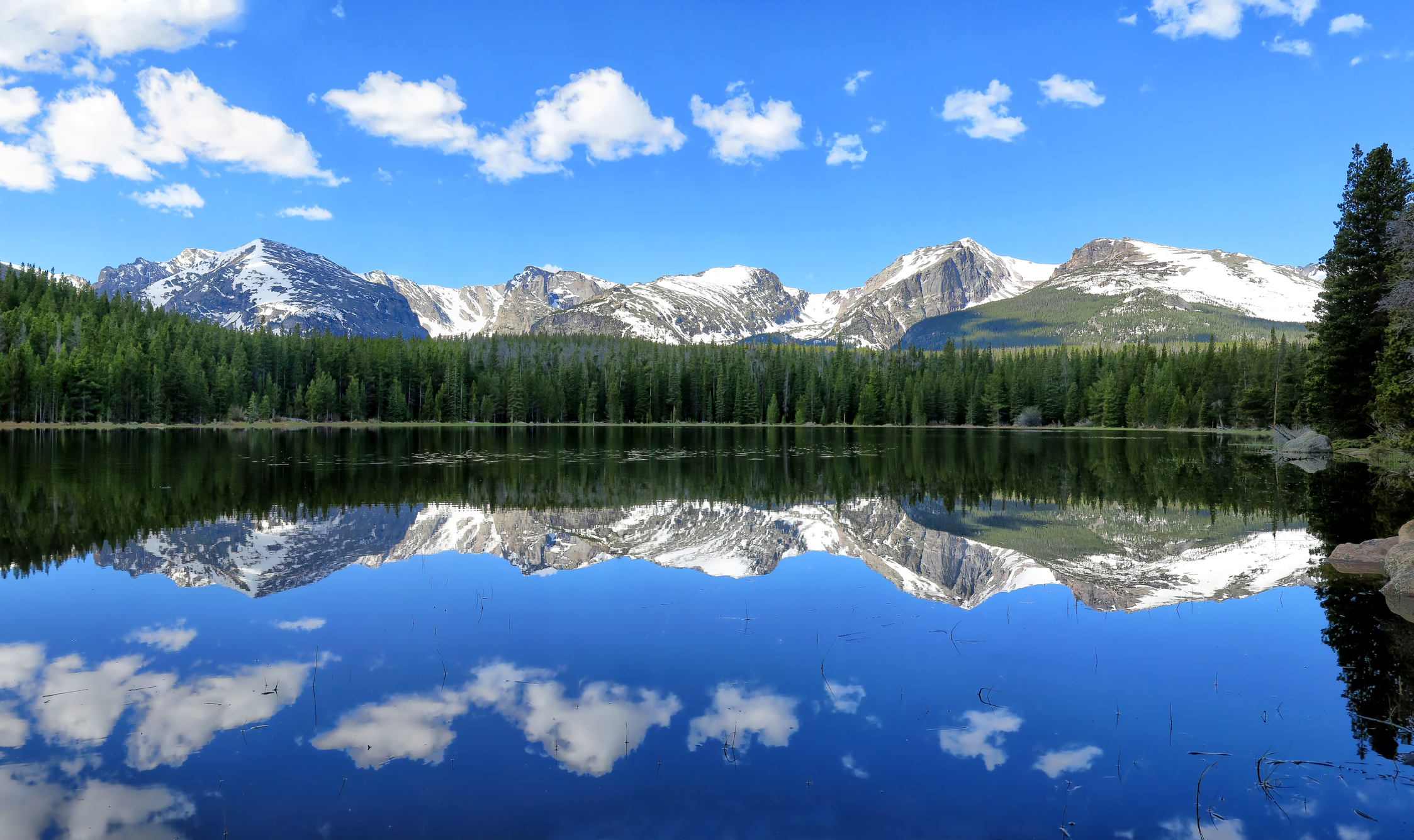
Rhonda Kimbrow/Getty
Rocky Mountain National Park encompasses a wide range of mountain environments, from meadows found in the montane life zone to glistening alpine lakes and up to the towering mountain peaks.
Olympic National Park
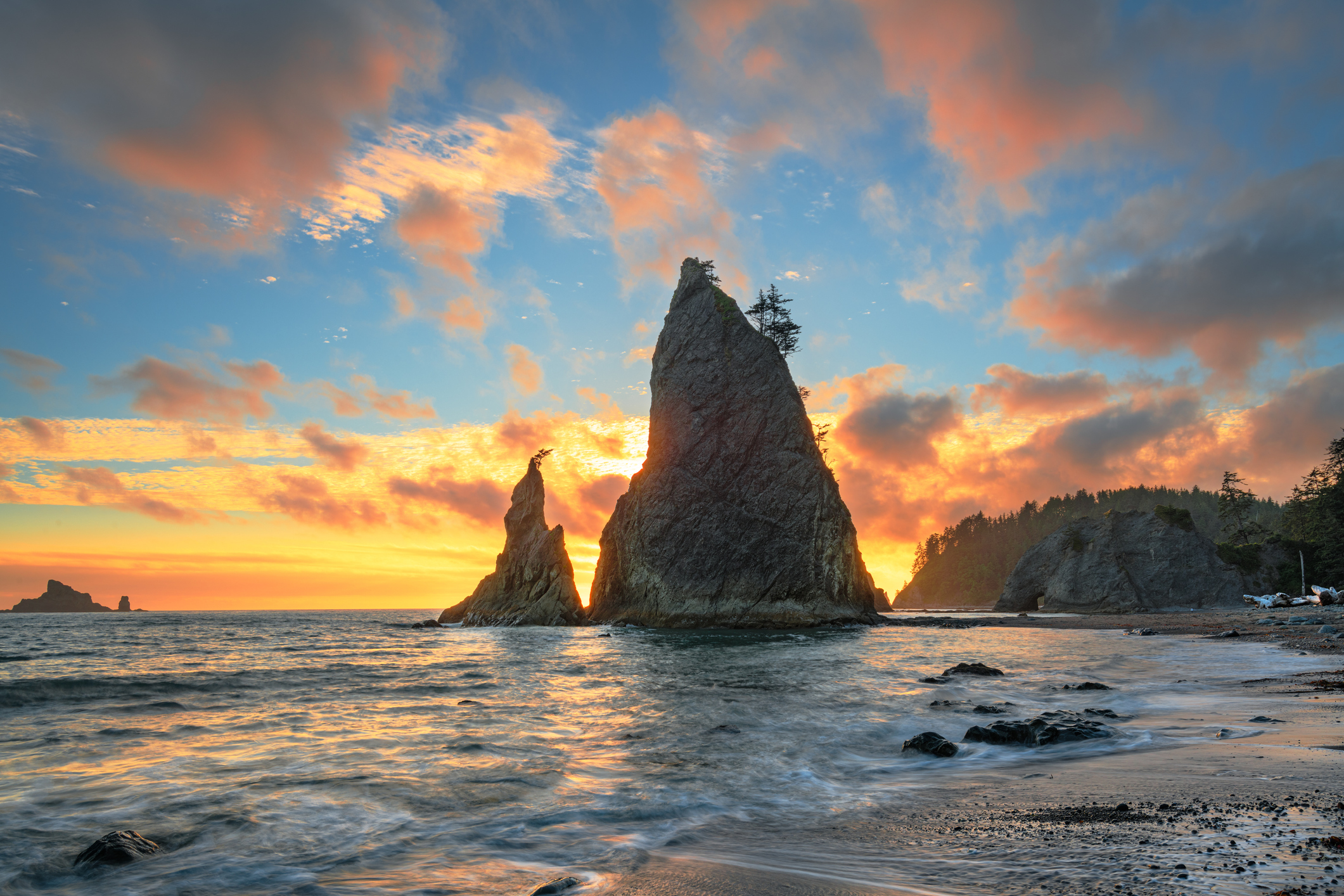
Sean Pavone/Getty
Washington's Olympic National Park is home to several distinctly different ecosystems, including glacier-capped mountains, old-growth temperate rain forests, and over 70 miles of wild coastline.
Acadia National Park
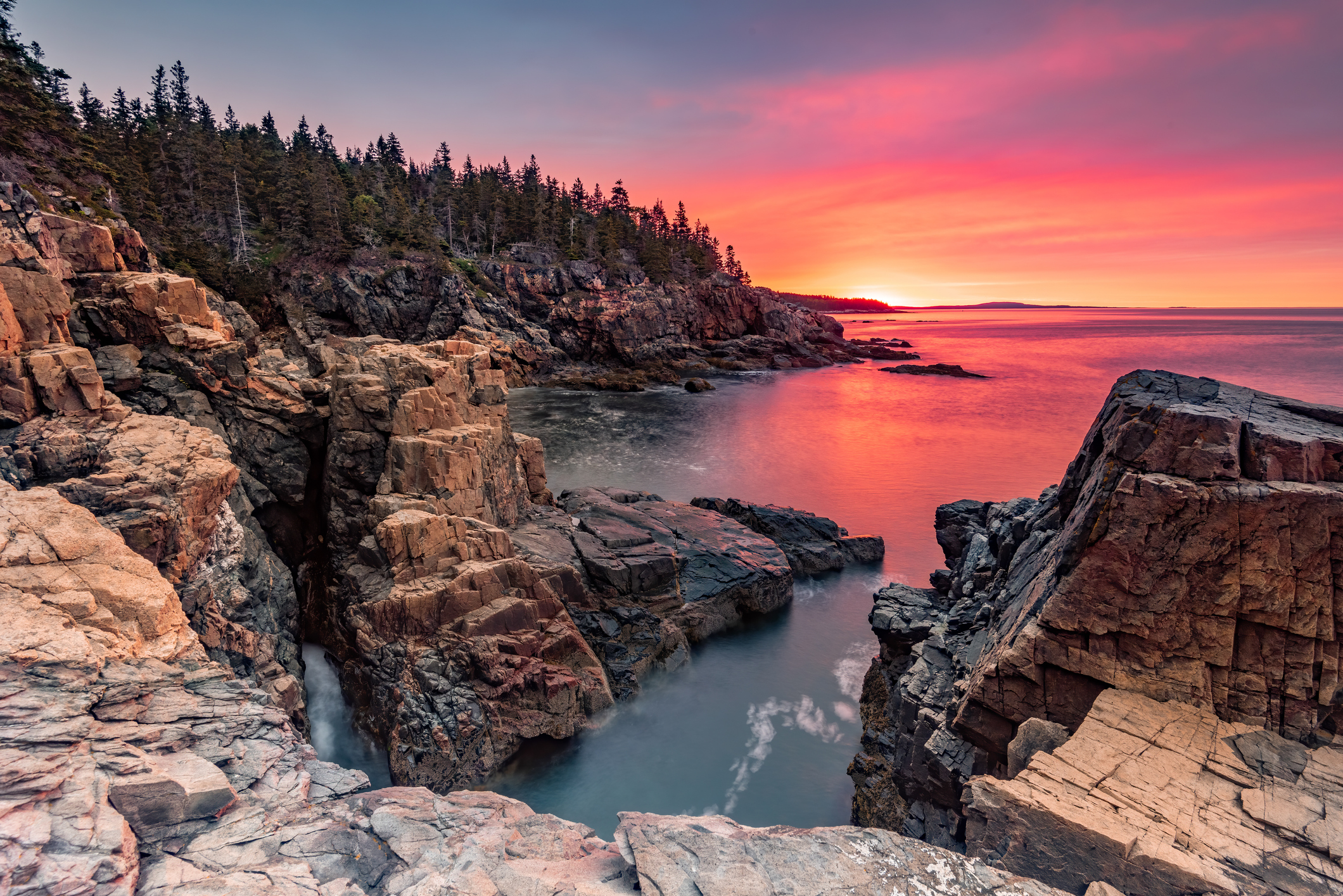
Harry Collins/Getty
It's easy to see why Acadia is one of the top-ten most visited national parks in the United States. The stunning park preserves approximately 50,000 acres along the mid-section of the Maine coast, containing the tallest mountains on the eastern seaboard, an iconic rocky Maine coastline, and subalpine rocky summits.
Crater Lake National Park
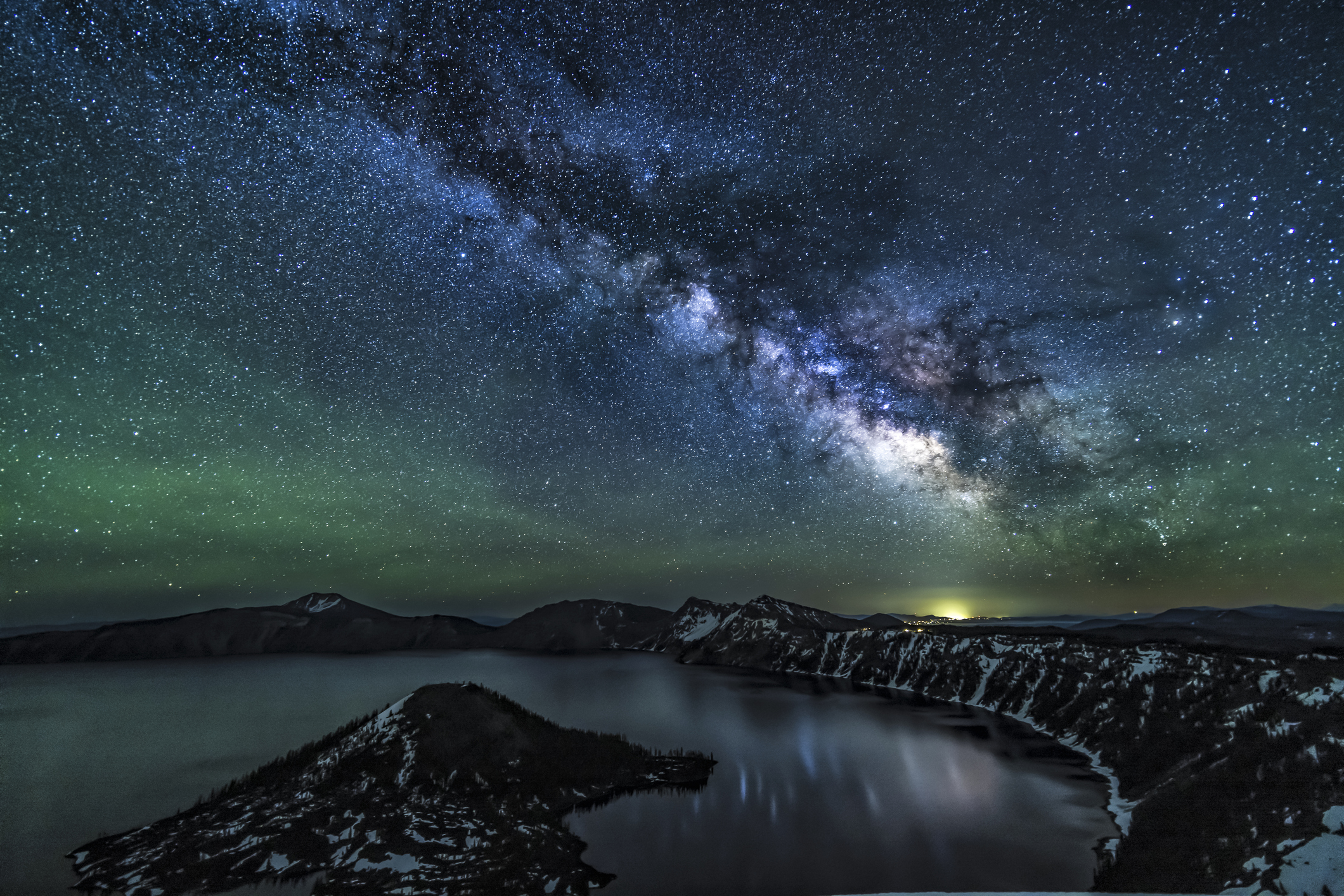
lightphoto/Getty
Crater Lake, the deepest lake in the nation and one of the most pristine on Earth, was formed by a volcano eruption that triggered the collapse of a tall peak.
Denali National Park

Elizabeth M Riggiero/Getty
Denali, which used to be called Mount McKinley National Park, is six million acres of wild land, bisected by one ribbon of road that also features North America's tallest peak.
Grand Canyon National Park

Great Smoky Mountains National Park
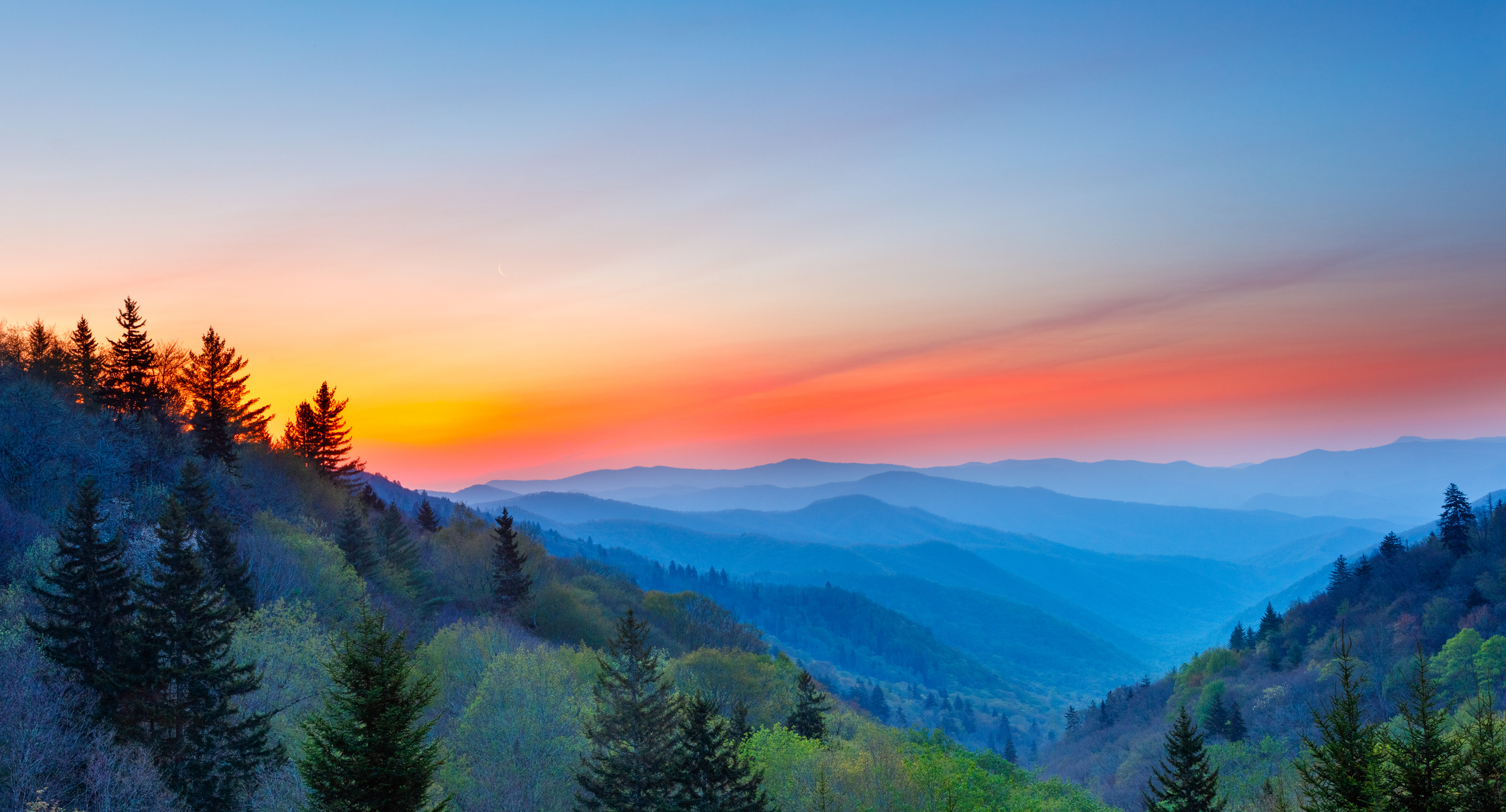
Ken Canning/Getty
Open areas of the Great Smoky Mountains, like Cataloochee and Cades Cove, offer some of the best opportunities to see white-tailed deer, elk, black bear, raccoon, turkeys, woodchucks, and other animals.
Mt. Rainier National Park

chinaface/Getty
Mount Rainier is home to an active volcano of the same name which spawns five of the region's major rivers.
Everglades National Park
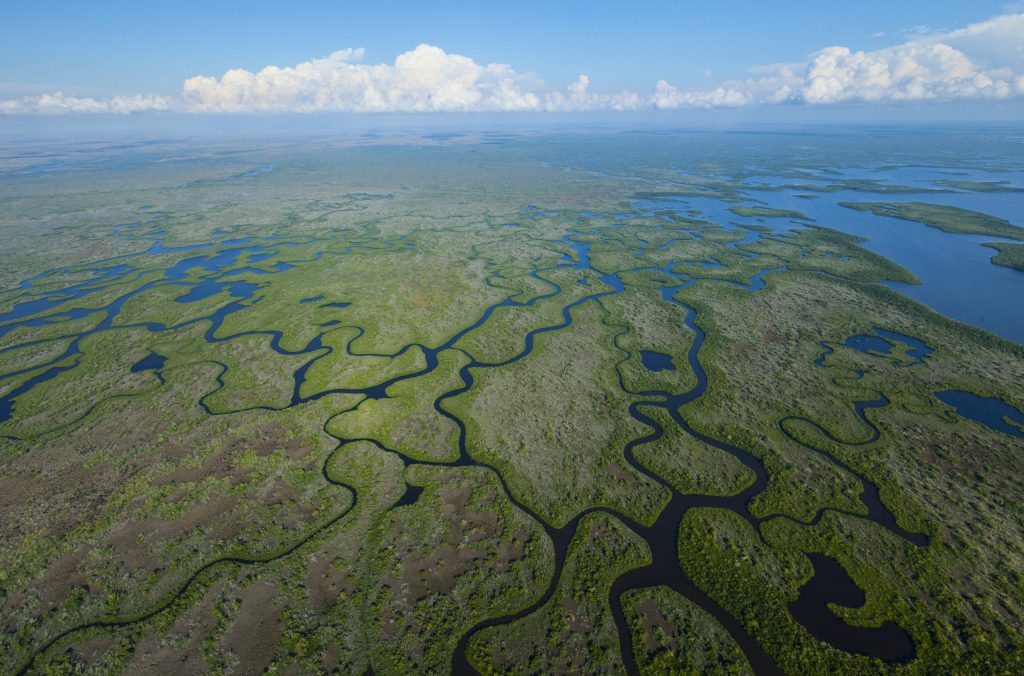
There are so many ways to explore the Everglades, including airboat, canoe, kayak, or hiking. The park is chock-full of wild creatures, including more than 40 mammal species, 360 bird species, 50 reptile species, and 300 fish species, some of which are threatened or unique to the region.
Arches National Park
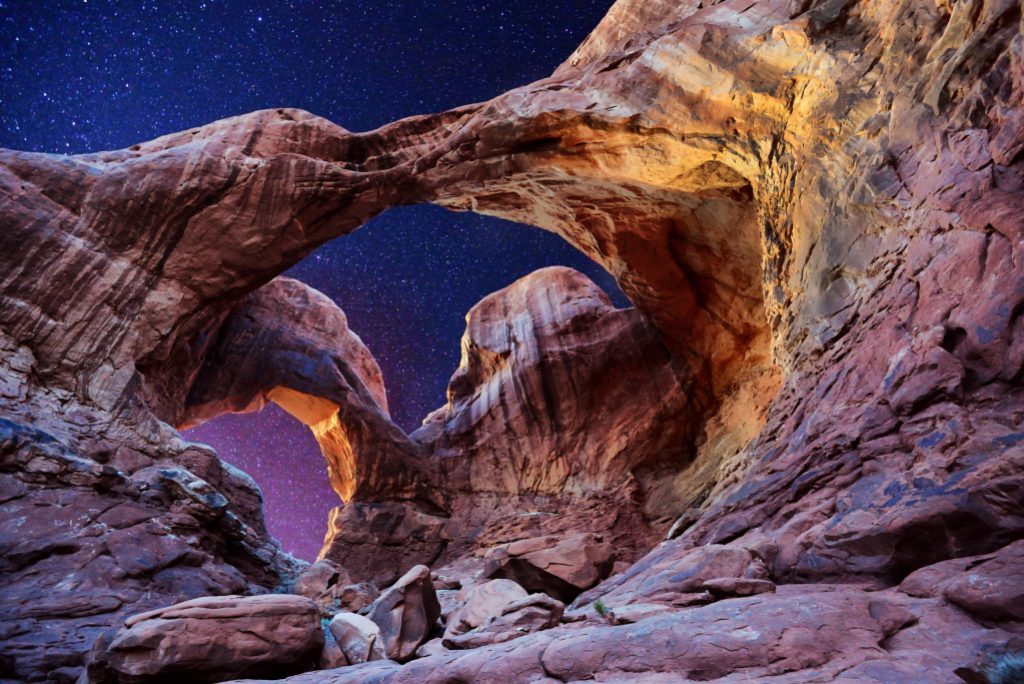
Much of the wildlife in Arches is nocturnal, meaning most active at night. Some of the critters there include kangaroo rats, woodrats (also called packrats), skunks, ringtails, foxes, bobcats, mountain lions, bats and owls.
Joshua Tree National Park
Two distinct desert ecosystems, the Mojave and the Colorado, come together in Joshua Tree National Park where dark night skies, a rich cultural history, and surreal geologic features add to the wonder of this vast wilderness.
Zion National Park

Zion is home to massive sandstone cliffs of cream, pink, and red that reach proudly into the bright blue sky.
Glacier National Park
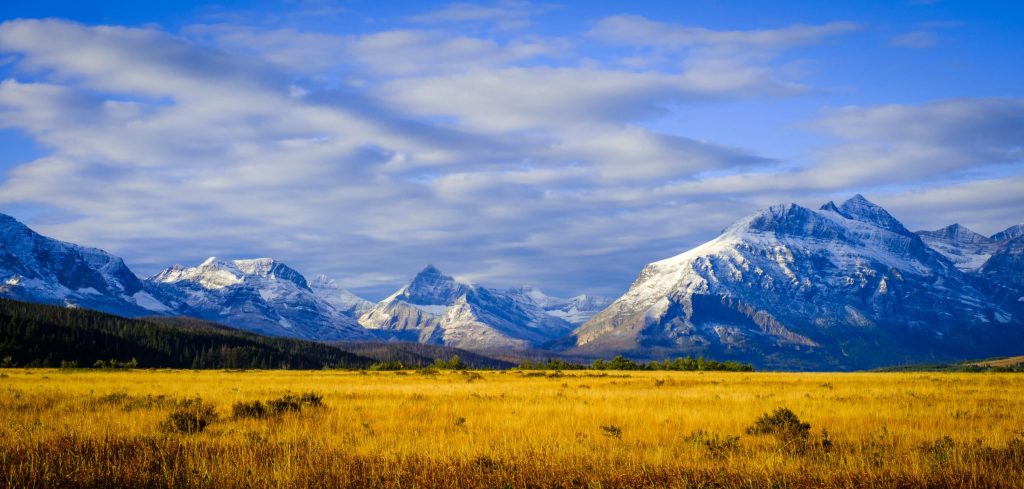
Once referred to as the "Crown of the Continent," Glacier National Park was designated the nation's tenth national park in 1910. Located in Montana's Big Sky Country, the park encompasses more than a million acres sparkling rivers, dramatic mountains and thundering waterfalls, and 26 glaciers.
Great Basin National Park

Allen Allinoch/Getty
Nevada's Great Basin is a land of extremes. The difference between the highest and lowest trails is more than 6,000 feet. The highest point in the park is the pinnacle of Wheeler Peak, which stands 13,060 feet above sea level. The lowest trail is Mountain View Nature Trail, 6,825 feet above sea level.
Next: The 5 Newest U.S. National Parks Worth a Visit
